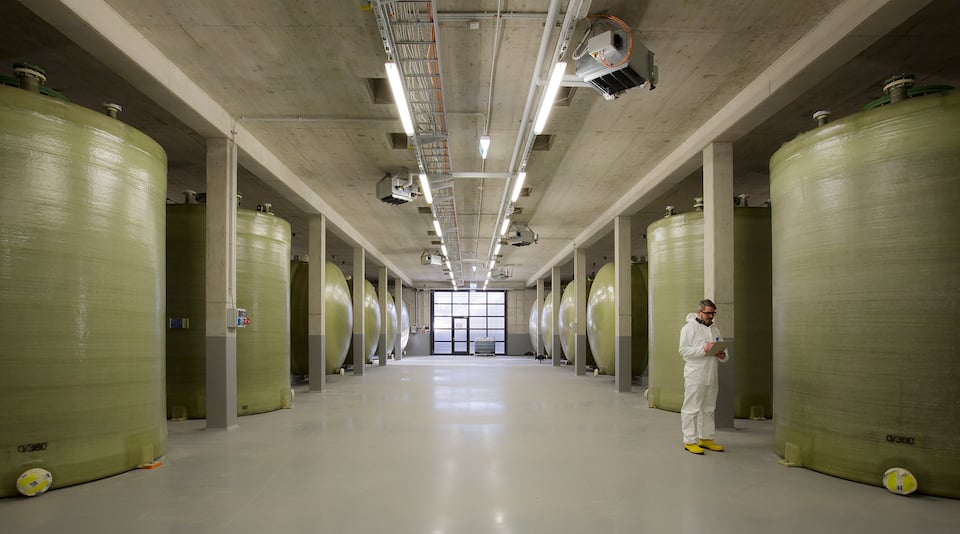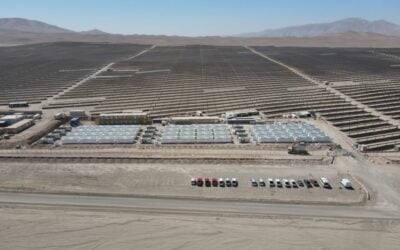
For California to achieve its target of eliminating greenhouse gas (GHG) emissions from its electricity sector by 2045, the state will need to deploy between 45GW and 55GW of long-duration energy storage, a new study has found.
Meeting an interim goal of sourcing 60% of California’s electricity from renewables by 2030 will itself require between 2GW to 11GW of long-duration energy storage, consultancy group Strategen said in the study, which was commissioned by the California Energy Storage Alliance (CESA).
Pursuing those policy goals set out in the state’s landmark SB 100 clean energy legislation, reliance on solar power generation will grow and more and more energy storage will be needed to help integrate that clean but variable source of power. On this point most entities and authorities in California outwardly agree with the views of the solar and storage industries.
California has been the US’ most prolific installer and deployer of battery energy storage of up to and including four hours’ duration using lithium-ion batteries in recent years. Meanwhile the state’s most recent Integrated Resources Plan (IRP), which models the state’s long-term energy needs and is moderated by the regulator, California Public Utilties’ Commission (CPUC) includes an estimate that California needs 9.8GW of energy storage deployments by 2030, with 973MW of that being long-duration. Then, between 2030 and 2045, a further 44.4GW of energy storage should be added to the grid, according to the IRP.
Try Premium for just $1
- Full premium access for the first month at only $1
- Converts to an annual rate after 30 days unless cancelled
- Cancel anytime during the trial period
Premium Benefits
- Expert industry analysis and interviews
- Digital access to PV Tech Power journal
- Exclusive event discounts
Or get the full Premium subscription right away
Or continue reading this article for free
Another report prepared for and by state entities including the CPUC, the California Energy Commission and network and markets operator CAISO, the SB 100 Joint Agency Report (JAR), identified that about 5GW of long-duration energy storage out of a total of about 55GW of energy storage.
Strategen found however that while those studies and others recognise the importance of energy storage in enabling a clean energy transition, they have “taken a very narrow view on the potential storage resources that could be deployed in California”. This was partly due to a perceived lack of recognition of all of the long-duration energy storage technology options available, the consultancy group argued.
Presenting what it said is a “more comprehensive view” on potential storage resources that could be deployed in California and a more accurate view on their possible contribution to the energy transition in the state, the study looks at energy storage as long-duration as technologies that can achieve discharge times of up to five hours, 10-hours and 100-hours.
Deploying those larger amounts of long-duration storage could provide numerous benefits to California’s grid, Strategen said, including enabling the retirement of 10GW of fossil fuel generation, reducing the costs of system capacity by US$1.5 billion per year between 2031 and 2045 and increasing the utilisation of renewable energy by 17%.
While there appears to be broad agreement in the US that long-duration energy storage will be needed to support the energy transition – including by the government Department of Energy – market signals have been relatively rare, even in California. A few weeks ago, a set of community choice aggregator (CCA) groups that supply retail electricity in California, did issue a request for proposals (RFP) for potential providers of up to 500MW of long-duration energy storage.
Strategen recommended in its study that, going forwards, the CPUC must enable long-duration storage through reforming the planning, procurement and compensation mechanisms that it administers. For instance, CPUC should look to a longer planning horizon and enforce the needs to develop resources, especially those such as energy storage that can “fulfil multiple policy goals” including providing economic stimulus to the workforce and improving air quality as well as furthering the aims of SB 100.
Shorter term grid planning, known as Resource Adequacy, should be revised from the current model which is based on fossil fuel market frameworks. CPUC needs to recognise the needs of the modern and future grid, which will be based on renewable energy and energy storage, Strategen said.
You can read the full report and study here.





